Looking for summer reads? We’ve taken a look back at the books reviewed for The Maine Organic Farmer & Gardener so far in 2022 and pulled out a handful of our favorites. For the full reviews, as well as other books we’ve enjoyed, visit our blog.
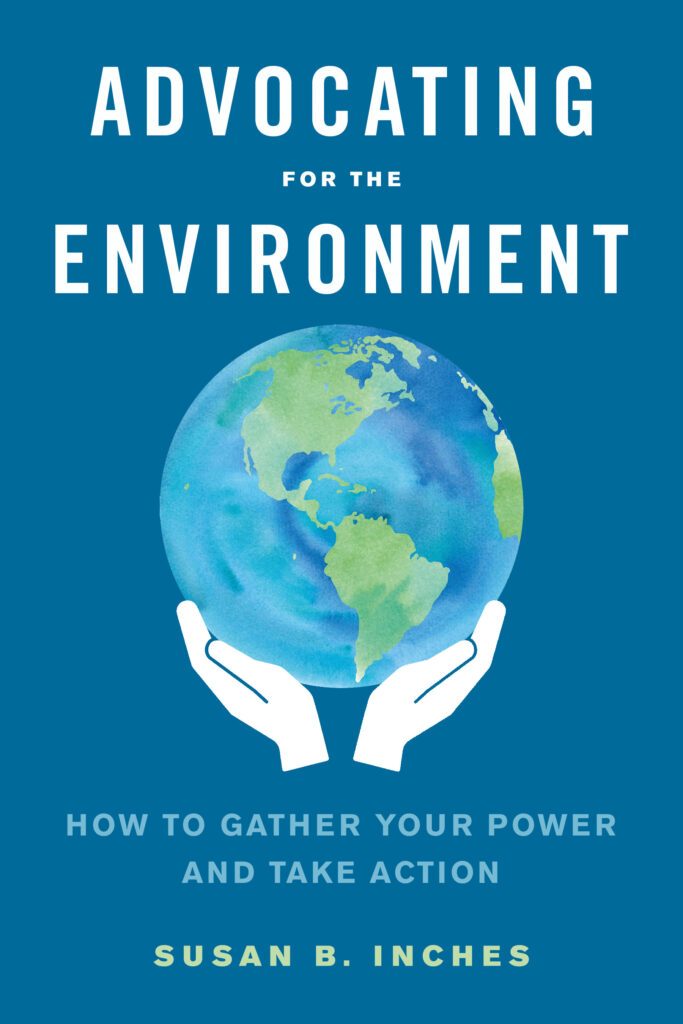
“Advocating for the Environment: How to Gather Your Power and Take Action” by Susan B. Inches, North Atlantic Books, 2021
Drawing from a lifetime of connection to the outdoors and more than 25 years working in public policy, including as deputy director of the Maine State Planning Office and director of the Maine Department of Marine Resources, Inches channels her past and current work as an educator and environmental advocate into an extraordinary guide for new and experienced changemakers. Particularly attractive is Inches’ ecologically-inspired approach to human relationships as fundamental to local, state and national decision-making, reminding us that individuals are inseparable from the collective and we must approach advocacy and public policy as a network of relationships and reciprocities. In this context, the fundamental powers of honesty, trust and respect are critical in guiding our advocacy compass to pathways that have potential to bridge political differences and grow collaboration. Such work, Inches tells us, is shaped by grounding information and experiences in the power of storytelling — a companion to the careful work of framing an issue. Essentially, advocacy is the art of developing emotional and intellectual pathways through facts and lived experiences to help others connect with, understand and, hopefully, care about issues.
– Catherine Preston-Schreck
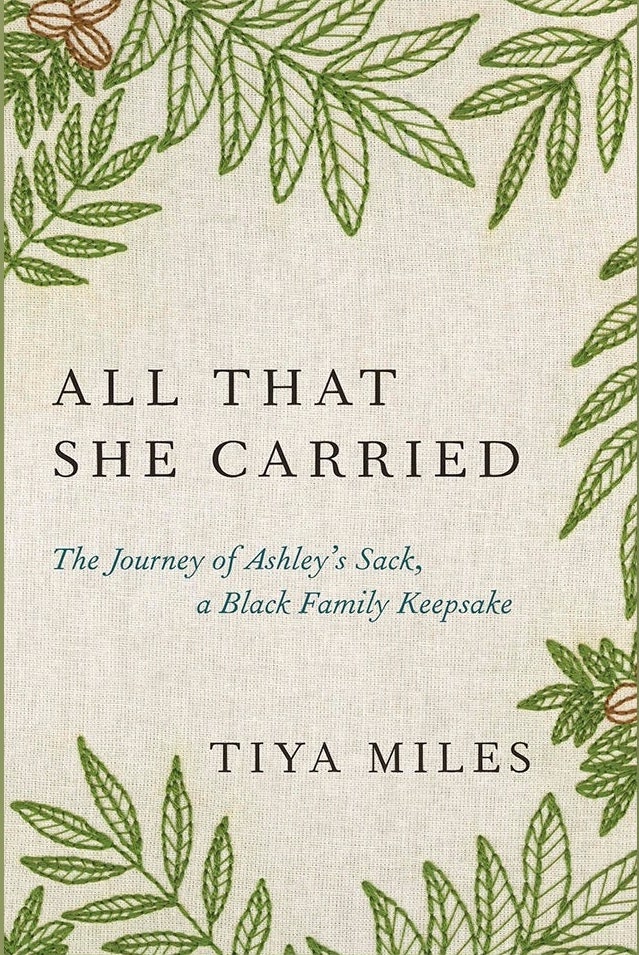
“All That She Carried: The Journey of Ashley’s Sack, a Black Family Keepsake” by Tiya Miles, Random House, 2021
“All That She Carried” by Tiya Miles humanizes captive Black people living in “the tear of humanity that was chattel slavery.” Set primarily in the antebellum south, Miles gives readers a tour of the plantations of white enslavers in South Carolina, detailing how infrastructure and society were shaped by the vast fields of rice and cotton cultivated through the stolen labor and knowledge of Black people ripped from their homelands in Central and West Africa and forced into a depraved system of incarceration and servitude that spanned generations. Miles traces the story of an object bestowed upon 9-year-old Ashley when she and her mother, Rose, were brutally separated. This sack and what it contained — a tattered dress, some pecans, a braid of Rose’s hair — are important clues to the inner lives of unfree Black women, whose narratives have been, by and large, erased from written history. Readers are entrenched in the harrowing world of the unfree and the “tyranny of slavery.” While this story is as horrific as it is true, it is also a story of hope.
– Holli Cederholm
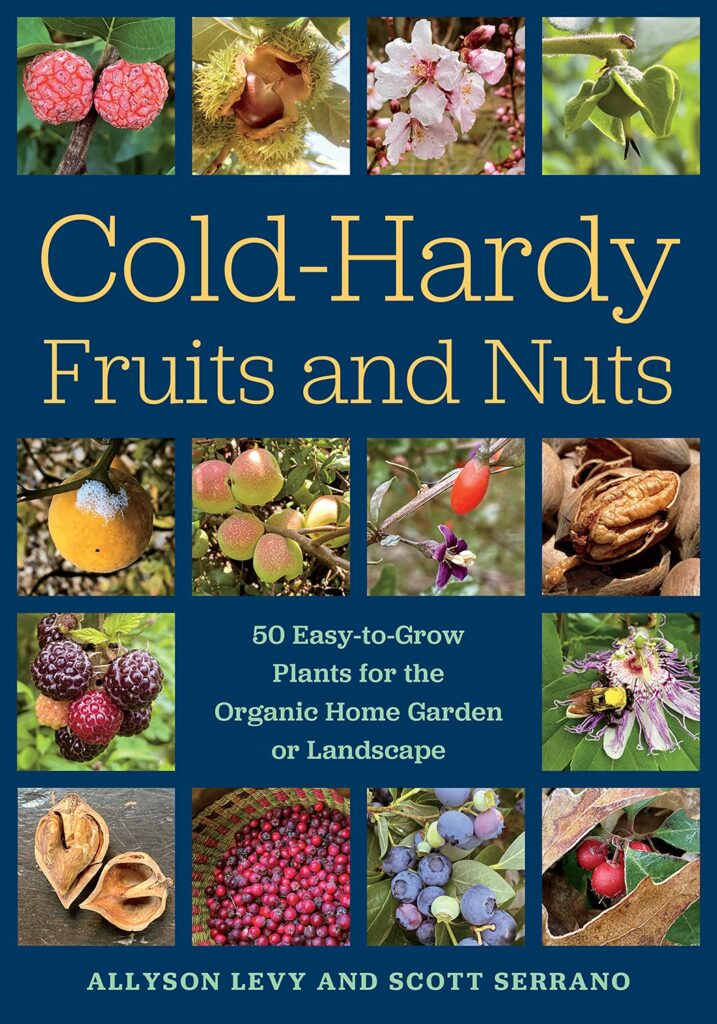
“Cold-Hardy Fruits and Nuts: 50 Easy-to-Grow Plants for the Organic Home Garden or Landscape” by Allyson Levy and Scott Serrano, Chelsea Green Publishing, 2022
The book compiles two- to three-page profiles of 50 “easy-to-grow” perennial crops that have shown moderate pest and disease resistance at their site. Hundreds of colorful photographs stir the imagination with creative ways to strike a balance in designing a landscape to be both aesthetic and edible. The majority of plants are woody but a few notable herbaceous woodland understory plants like mayapple and spikenard are included, too. Some profiles include multiple species, like Asian pears, while others focus on one species entirely, as is the case with the American chestnut. Each plant includes a brief history, uses, a detailed botanical description, size information for spacing, pollination requirements, site conditions, pest issues, pollination needs, and more. A fantastic resource for those thinking of diversifying their land, whether just getting started or years deep into planting uncommon fruit and nuts.
– Lauren Cormier
“Iwígara: American Indian Ethnobotanical Traditions and Science” by Enrique Salmón, Timber Press, 2020
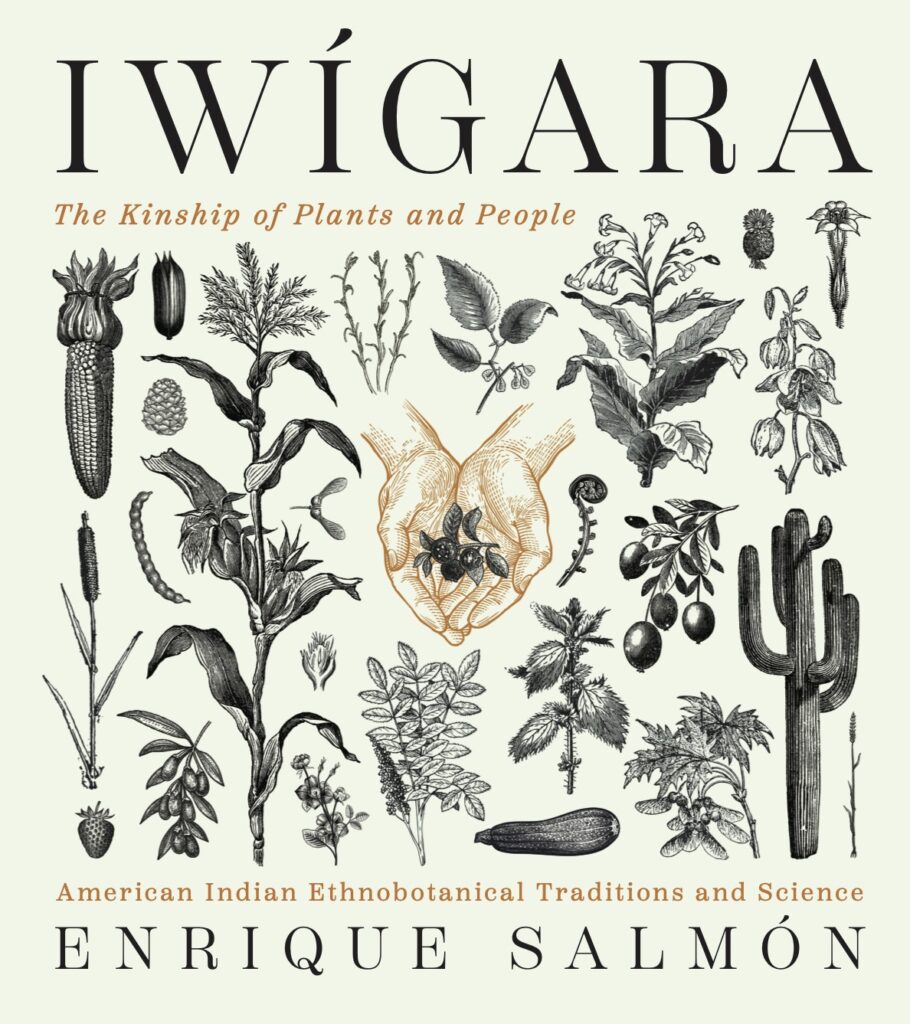
“Iwígara” focuses on 80 plants that are culturally relevant to North American native people. In the introduction of the book Salmón explains what the concept of Iwígara is in his Rarámuri tribe, and how the Rarámuri see themselves as part of an “extended ecological family,” setting the framework for what he shares throughout the book. He begins with origin stories of native people in the various regions of North America, highlighting some similarities and also the vast differences throughout them. Through his words we are guided to learn about the respectful collection of plants: thanking them, giving offerings and being conscious not to over-harvest.
– Denise DeSpirito
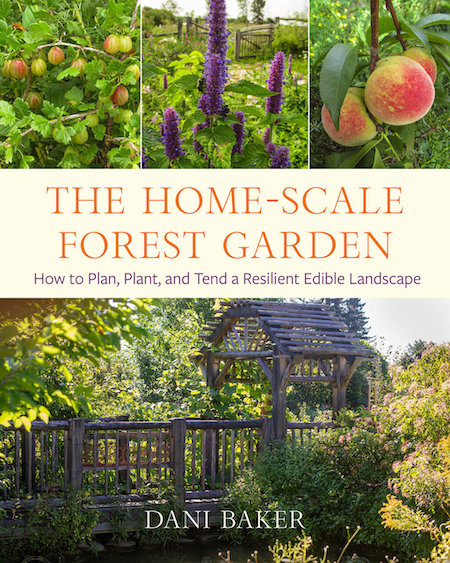
“The Home-Scale Forest Garden: How to Plan, Plant, and Tend a Resilient Edible Landscape” by Dani Baker, Chelsea Green Publishing, 2022
Establishing a forest garden takes labor and materials, such as initial inputs of compost and mulch. But once established, the gardens are self-sustaining and don’t require as much work. Without the need for daily maintenance, a forest garden can be situated further from the house as part of a landscape feature. What I like about this book is that Baker comes to forest gardening with a sense of adventure. Creating a forest garden is a cross between landscaping and experimenting, and you don’t need tons of space. Baker’s first forest garden began as a 100-by-200-foot strip of land, but you can make them smaller. To demonstrate, she shows how a 25-square-foot forest garden can include an overstory layer (honey locust), an understory (fruit tree), shrubs (berries), and flowers. Daylilies provide the edible root layer.
– Sue Smith-Heavenrich
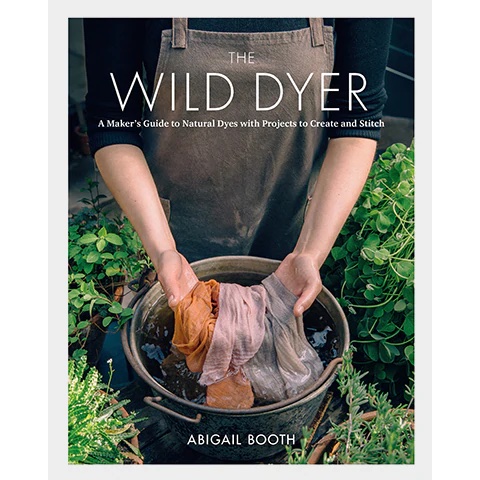
“The Wild Dyer: A Maker’s Guide to Natural Dyes with Projects to Create and Stitch” by Abigail Booth, Princeton Architectural Press, 2019
“The Wild Dyer” follows a fairly typical formula for natural dye books: first an overview of standard tools, second a demonstration of methods, and then finally an excited leap forward into projects. What feels fresh though is the book’s organization of dye materials not by color or season or region, but instead by where one might come across them in daily life: your everyday kitchen, the garden out back, or the wilds beyond. For instance, Booth begins with projects dyed using dye materials many of us could find readily in our kitchens: things like onion skins, coffee grounds and avocados. Subsequent chapters explore dye materials that can be intentionally grown in the garden or foraged in the wild. This simple tweak in the formula feels revolutionary in terms of allowing folks new to natural dyeing an easy entry point. What could be simpler than shopping materials from your own pantry?
– Julie Letowski
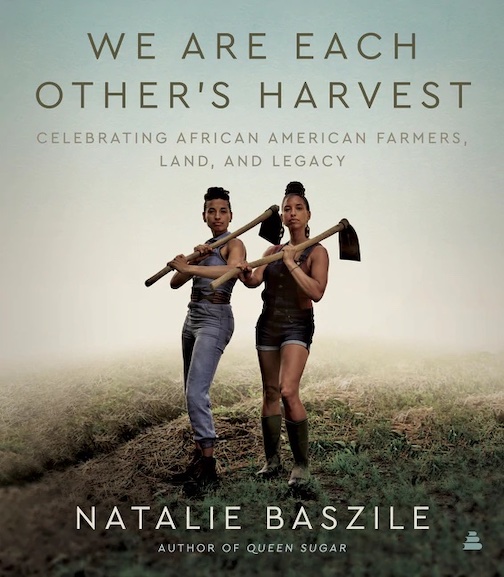
“We Are Each Other’s Harvest: Celebrating African American Farmers, Land and Legacy” by Natalie Baszile, Amistad, 2021
When you imagine a farmer, what comes to mind? For many, it’s a white man in plaid and jeans in an expansive field with a tractor. Author Natalie Baszile begins “We Are Each Other’s Harvest: Celebrating African American Farmers, Land, and Legacy” with a similar image, describing a mural meant to be a tribute to farmers. While there are many farmers who fit this image, Baszile asks, what do we miss when we keep our eyes narrowed to one version of farming? What stories would Black farmers tell? The essays, interviews, photos and poems that comprise this anthology provide a historical and present-day answer.
– Katie Spring
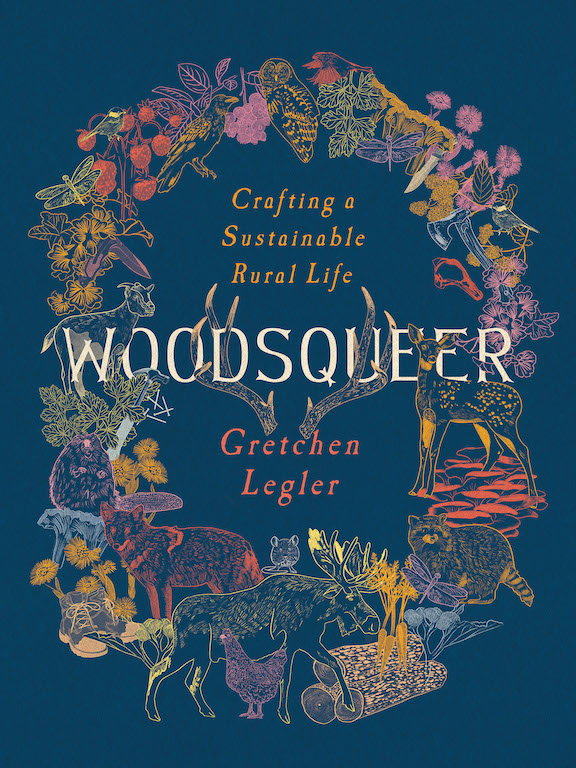
“Woodsqueer: Crafting a Sustainable Rural Life” by Gretchen Legler, Trinity University Press, 2022
Gretchen Legler says some people may describe her as “woodsqueer,” a somewhat obscure term for those “who’d been in the woods too long.” Her latest book, “Woodsqueer: Crafting a Sustainable Rural Life,” embraces the moniker wholeheartedly, with an emphasis on both “woods” and “queer.” Part memoir and part natural history, this place-based collection of essays invites readers into the woods of rural Jay, Maine, where Legler and her partner Ruth have built a homestead on 80 acres. “Woodsqueer” is less of a guidebook to homesteading than one to the human heart. Legler reflects on the cycles of life she witnesses around her with poignant intimacy, and weaves in her own life’s story: baring the details of coming out as a lesbian and finding queerness in a heteronormative world. At its core, “Woodsqueer” is a book about community — in the broadest sense.
– Holli Cederholm
